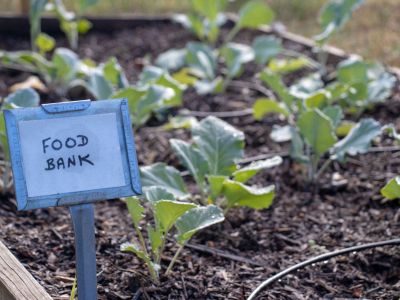You can donate or even specifically grow vegetables for a food bank. Millions of people in this country struggle to obtain adequate food. Gardening for food banks can fill that need. So how do food banks work and what types of food bank vegetables are most in demand? Read on to learn more.
What is a Food Bank?
A food bank is a nonprofit organization that stores, packages, collects, and distributes food and other items to those in need. Food banks are not to be mistaken for a food pantry or food closet. A food bank is usually a larger organization than a food pantry or closet. Food banks do not actively distribute food to those in need. Instead, they provide food to the local food pantries, closets, or meal programs.
How Do Food Banks Work?
While there are other food banks, the largest is Feeding America, which runs 200 food banks that serve 60,000 food pantries nationwide. All food banks receive donated food stuff from manufacturers, retailers, growers, packers, and shippers of food, as well as through government agencies. The donated food items are then distributed to food pantries or non-profit meal providers and either given or served free, or at a much reduced cost. One of the key elements of any food bank is that there are few, if any, paid employees. The work of a food bank is almost entirely done by volunteers.
Gardening for Food Banks
If you want to grow vegetables for a food bank, it’s a good idea to contact the food bank directly prior to planting. Each food bank will have different needs, so it is best to find out exactly what they are looking for. They may already have a solid donor of potatoes, for example, and aren’t interested in more. They may have a more pressing need for fresh greens instead. Some cities have organizations already set up to help gardeners growing food bank vegetables. For instance, in Seattle, Solid Ground’s Lettuce Link connects people with donation sites by providing a spreadsheet with donation locations, donation times, and preferred veggies. Some food banks won’t accept personally grown produce, but that doesn’t mean they all won’t. Keep checking around until you find a food bank that is open to personal garden donations. Gardening for food banks might be a good way to use up that overload of tomatoes and may even be purposeful, like when a gardener dedicates part or all of the garden plot as a giving garden or specifically to fight hunger. Even if you don’t have your own garden space, you can volunteer at one of the over 700 local and national USDA People’s Gardens, most of which donate produce to food banks.
